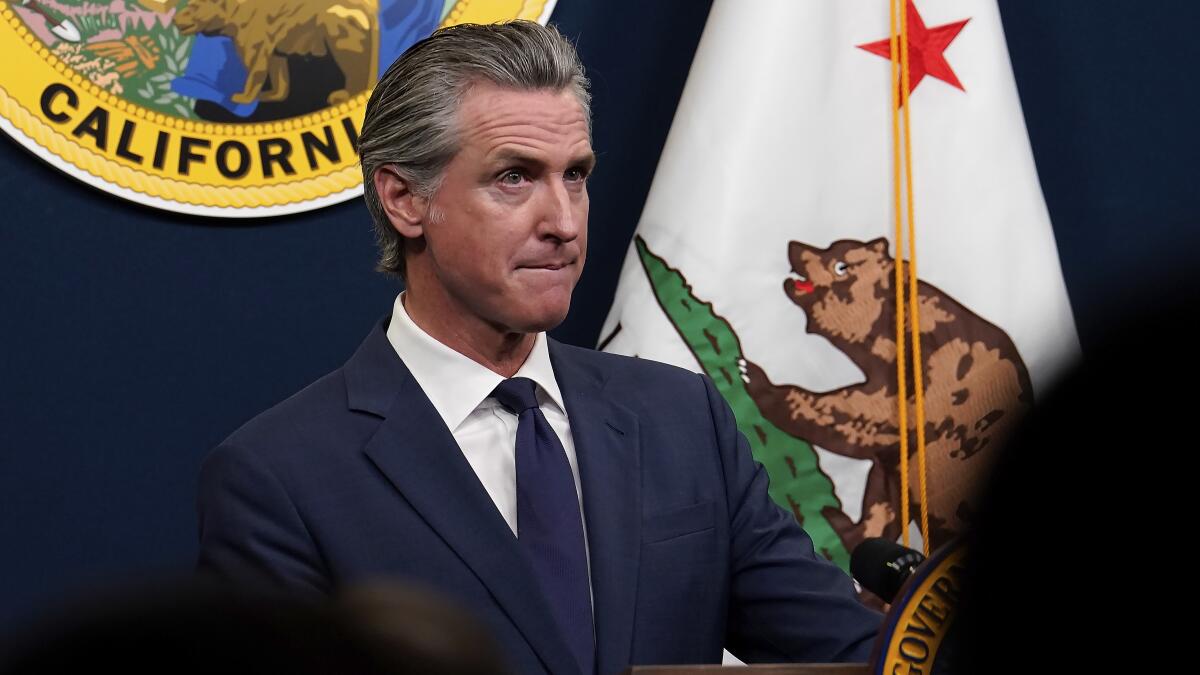
The legal issues raised by Trump sending the National Guard to L.A.
How did your country report this? Share your view in the comments.
Diverging Reports Breakdown
The legal issues raised by Trump sending the National Guard to L.A.
President Trump is activating the Guard by using powers that have been invoked only rarely. The president has the authority under the Insurrection Act to federalize the National Guard units of states to suppress “any insurrection, domestic violence, unlawful combination, or conspiracy” Critics have raised concerns that Trump also might try to activate troops as part of his campaign to deport large numbers of undocumented immigrants. The American Civil Liberties Union has warned that Trump’s use of the military domestically would be misguided and dangerous.“We’re already ahead of the game. We were already mobilizing,” said Tom Homan, the “border czar” who announced the plan to send National Guard in an interview Saturday on Fox News. “This is about enforcing the law,’ Homan said. � “We’re gonna continue doing our job. We’m gonna push back on these people.’“For the federal government to take over the California National Guard, without the request of the governor, to put down protests is truly chilling.”
The Trump administration announced Saturday that National Guard troops were being sent to Los Angeles — an action Gov. Gavin Newsom said he opposed. President Trump is activating the Guard by using powers that have been invoked only rarely.
Trump said in a memo to the Defense and Homeland Security departments that he was calling the National Guard into federal service under a provision called Title 10 to “temporarily protect ICE and other United States Government personnel who are performing Federal functions.”
What is Title 10?
Title 10 provides for activating National Guard troops for federal service. Such Title 10 orders can be used for deploying National Guard members in the United States or abroad.
Advertisement
Erwin Chemerinsky, one of the nation’s leading constitutional law scholars, said “for the federal government to take over the California National Guard, without the request of the governor, to put down protests is truly chilling.”
“It is using the military domestically to stop dissent,” said Chemerinsky, dean of the UC Berkeley School of Law. “It certainly sends a message as to how this administration is going to respond to protests. It is very frightening to see this done.”
Tom Homan, the Trump administration’s “border czar,” announced the plan to send the National Guard in an interview Saturday on Fox News as protesters continued confronting immigration agents during raids.
Advertisement
“This is about enforcing the law,” Homan said. “We’re not going to apologize for doing it. We’re stepping up.”
“We’re already ahead of the game. We were already mobilizing,” he added. “We’re gonna bring the National Guard in tonight. We’re gonna continue doing our job. We’re gonna push back on these people.”
Newsom criticized the federal action, saying that local law enforcement was already mobilized and that sending in troops was a move that was “purposefully inflammatory” and would “only escalate tensions.”
Advertisement
The governor called the president and they spoke for about 40 minutes, according to the governor’s office.
Other rarely used powers
Critics have raised concerns that Trump also might try to invoke the Insurrection Act of 1807 to activate troops as part of his campaign to deport large numbers of undocumented immigrants.
The president has the authority under the Insurrection Act to federalize the National Guard units of states to suppress “any insurrection, domestic violence, unlawful combination, or conspiracy” that “so hinders the execution of the laws” that any portion of the state’s inhabitants are deprived of a constitutional right and state authorities are unable or unwilling to protect that right.
The American Civil Liberties Union has warned that Trump’s use of the military domestically would be misguided and dangerous.
According to the ACLU, Title 10 activation of National Guard troops has historically been rare and Congress has prohibited troops deployed under the law from providing “direct assistance” to civilian law enforcement — under both a separate provision of Title 10 as well as the Posse Comitatus Act.
The Insurrection Act, however, is viewed as an exception to the prohibitions under the Posse Comitatus Act.
Advertisement
In 1958, President Eisenhower invoked the Insurrection Act to deploy troops to Arkansas to enforce the Supreme Court’s decision ending racial segregation in schools, and to defend Black students against a violent mob.
Hina Shamsi, director of the ACLU’s National Security Project, wrote in a recent article that if Trump were to invoke the Insurrection Act “to activate federalized troops for mass deportation — whether at the border or somewhere else in the country — it would be unprecedented, unnecessary, and wrong.”
Chemerinsky said invoking the Insurrection Act and nationalizing a state’s National Guard has been reserved for extreme circumstances in which there are no other alternatives to maintain the peace.
Chemerinsky said he feared that in this case the Trump administration was seeking “to send a message to protesters of the willingness of the federal government to use federal troops to quell protests.”
In 1992, California Gov. Pete Wilson requested that President George H.W. Bush use the National Guard to quell the unrest in Los Angeles after police officers were acquitted in the beating of Rodney King. That was under a different provision of federal law that allows the president to use military force in the United States. That provision applies if a state governor or legislature requests it.
California politics editor Phil Willon contributed to this report.
Source: https://www.latimes.com/california/story/2025-06-07/what-is-title-10-trump-homan-national-guard
